Reduce Hospital Infections
One of the most important steps to fix this is obvious: ensuring that health care workers always clean their hands before interacting with a patient. (“Save lives, clean your hands,” the WHO says.)
“On average, healthcare providers clean their hands less than half of the times they should.” And the number of times they should can be huge. “Healthcare providers might need to clean their hands as many as 100 times per 12-hour shift, depending on the number of patients and intensity of care,” the CDC says.
Today we can have a technology called RTLS (Real-Time Location System) capable of tracking and monitoring people and asset, which allow more accurate management of the healthcare facility. Hospitals have been testing ways to use these services to ensure more stringent safety systems for their patients and medical staff.
Some are giving health care workers tags that provide their locations, or as a recent installation carried out at senior living, with Nextome technology we have attached the Kontakt.io e BlueUp Bluetooth tags low energy to monitor their patient positions, to ensure that staff do not leave the protected areas. Tracking people is only one way location services are now being used in healthcare. It can help staff keep track of the equipment they need, and help workers track dementia patients who may wander off.
Health IT Outcomes, which tracks healthcare technology, says location services are also being used to increase bed availability in crowded hospitals. And some systems provide health care workers with panic buttons, which helps them get emergency help when they need it.
Technology and solutions are ready to use and success cases increase, by one estimate (which mentions our technology), the global marketplace for LBS and RTLS is expected to reach $43,511 Million by 2025 more than ever, the use of these technologies can offer valuable help to healthcare facilities engaged in the ongoing COVID-19 (coronavirus) epidemic.
Using technology to do good is the first step in making the world better, we make ourselves available to do our part.

